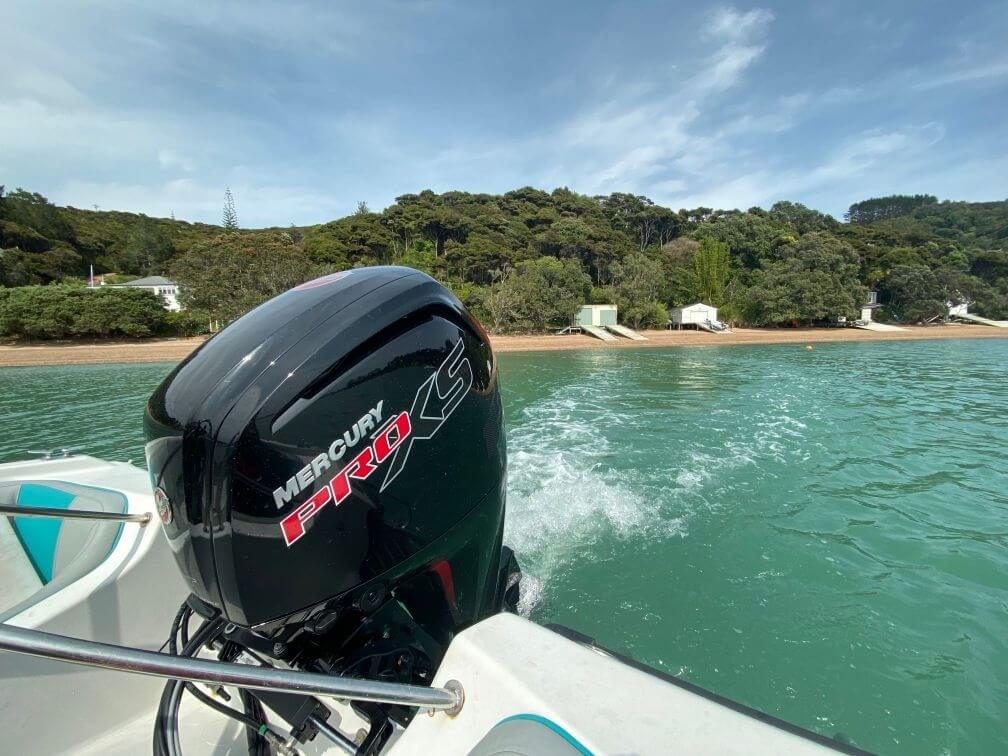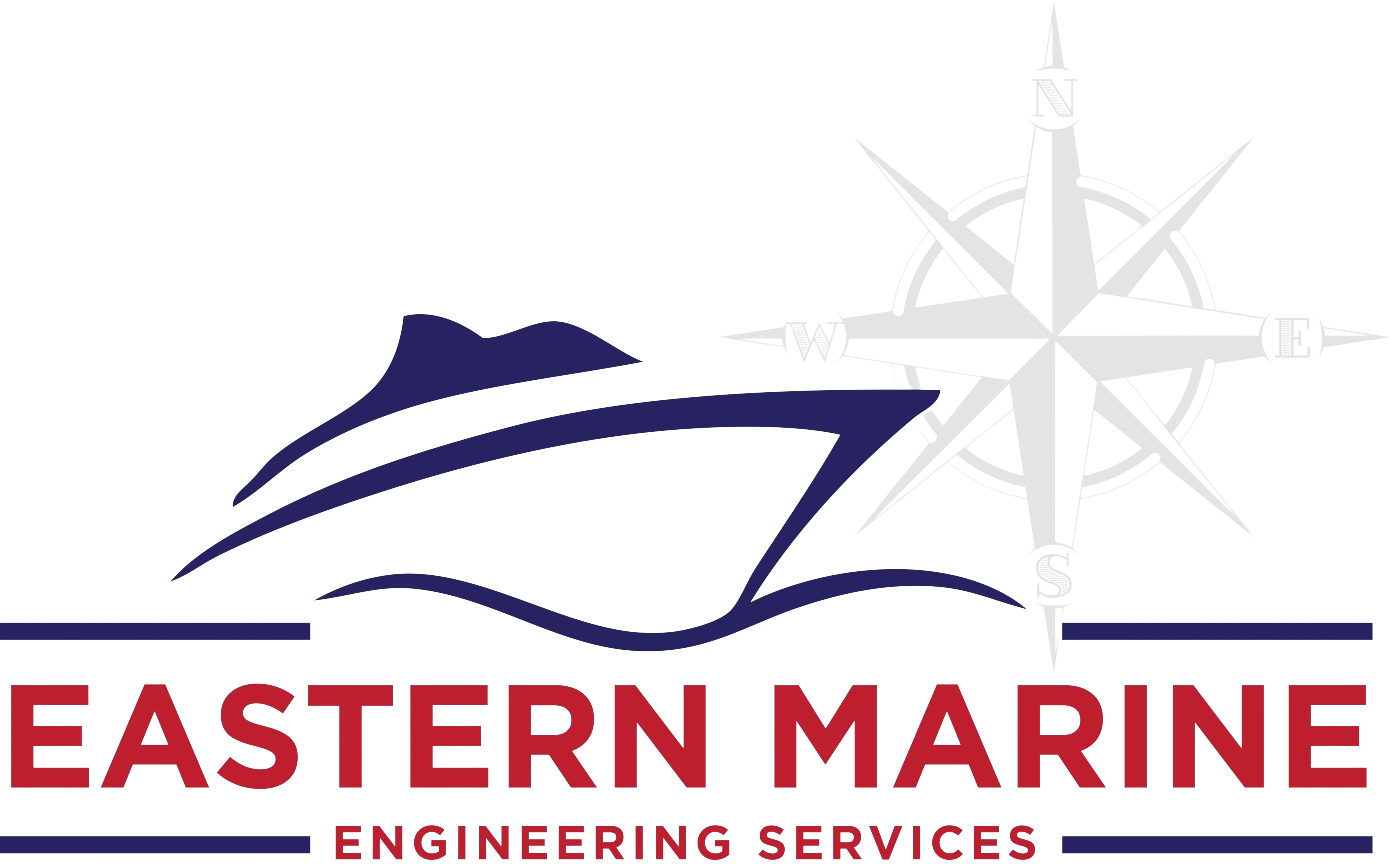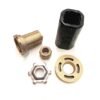- Empty cart.
- Continue Shopping
How to Understand Outboard Motor Basics for Better Boating Skills

Boating is a rewarding and enjoyable activity, but it relies heavily on having a well-functioning outboard motor. For many beginners, the mechanics of these motors can seem confusing or complicated. Gaining a clear understanding of how an outboard motor works is essential for avoiding breakdowns and building confidence on the water.
This guide will introduce you to the key parts of outboard motors, explain how they operate, and share easy maintenance tips. With this knowledge, you’ll be better equipped to keep your motor running smoothly and enjoy safer boating adventures.
Understanding the Purpose of an Outboard Motor
An outboard motor performs two key tasks: providing the power to move the boat and allowing it to be steered. Unlike inboard engines that sit within the hull, outboard motors are mounted on the outside at the back of the boat. This makes them easier to service, repair, or replace when needed.
Outboard motors are available in a range of sizes and power ratings designed to suit various boats and uses. Small electric trolling motors are ideal for fishing boats, while powerful petrol engines are built to propel larger vessels at higher speeds. Regardless of size, all outboard motors operate by converting fuel into mechanical motion.
Efficiency is a key factor in outboard motor performance. Motors need to deliver dependable power while remaining straightforward enough for most boat owners to operate and maintain. The combination of power, simplicity, and reliability is why outboard motors remain a popular choice around the world.
Main Parts Every Boat Owner Should Know
To better understand how your outboard motor works, it is important to become familiar with its key components. While there are several parts that make up the motor, the following are the essentials you should know:
1. Propeller
The propeller is an essential part fixed to the bottom of the outboard motor. Its rotating blades push water backwards, generating the thrust that moves the boat forward. The size, pitch, and number of blades vary to suit different motors and boats, affecting performance and fuel efficiency.
Choosing the right propeller is important for smooth and efficient operation. A mismatched propeller can cause poor acceleration, reduced top speed, and increased fuel consumption. Regular inspection for damage or wear can help maintain optimal thrust and protect the motor from strain.
2. Engine
The engine is the main component of an outboard motor, turning fuel into power. Most outboards use either two-stroke or four-stroke petrol engines. Four-stroke engines are preferred for their fuel efficiency and lower emissions, while two-stroke engines are lighter and easier to maintain.
Understanding the type of engine you have is useful when it comes to maintenance and fuel use. Keeping the engine clean and well-serviced ensures reliable performance and longer engine life. Listening for unusual sounds can also alert you to potential problems early on.
3. Fuel System
The fuel system delivers petrol or a petrol-oil mixture to the engine. Key components include the fuel tank, fuel lines, and either a carburettor or fuel injectors, depending on the model. Keeping the fuel system clean and well-maintained is essential for smooth and efficient engine performance.
Regularly inspect fuel lines for damage or leaks and ensure the fuel tank is clean and free of contaminants. Using fresh fuel and keeping filters clean will help prevent engine problems like hesitation or stalling.
4. Cooling System
Water is used to cool the engine and prevent overheating during operation. The cooling system draws water through an intake, circulates it around the engine, and then expels it back into the water. This circulation removes excess heat generated during combustion.
If the cooling system becomes blocked or fails, the engine can quickly overheat and suffer serious damage. Regular inspection of the water intake and flushing the cooling system after use, especially in saltwater, helps maintain proper cooling function.
5. Ignition System
The ignition system creates the spark that ignites the fuel-air mixture inside the engine’s cylinders. It includes spark plugs, ignition coils, and wiring. A healthy ignition system is crucial for easy starting and smooth running.
Worn or fouled spark plugs are a common cause of starting difficulties and poor engine performance. Routine inspection and replacement of ignition components as needed can prevent breakdowns and improve fuel efficiency.
6. Gearbox and Drive Shaft
The gearbox and drive shaft work together to transfer engine power to the propeller. Operators can shift between forward, neutral, and reverse gears, which control the boat’s movement. Regular checks of gearbox oil and attention to unusual noises or shifting difficulties help prevent transmission issues.
Proper lubrication, along with regular servicing, keeps gear changes smooth and protects internal components from wear. Well-maintained parts extend motor life and improve overall reliability.
Fuel and Power for Outboard Motors
Outboard motors are typically powered by petrol, with some smaller or specialised models using electric batteries or diesel. Petrol outboards can be either two-stroke or four-stroke, each requiring a different fuel setup.
Two-Stroke Engines
Two-stroke engines need a petrol and oil mix to lubricate parts, as they lack a separate oil tank. Using the right fuel-to-oil ratio is important to avoid damage or excessive smoke.
Four-Stroke Engines
Outboard motors with a four-stroke engine run on regular petrol and have a separate oil sump. They are quieter, cleaner, and more fuel-efficient. This makes them a popular choice for many boaters.
Fuel Quality and Storage
Always use fresh, good-quality fuel. Petrol can go bad if stored badly, causing engine problems. Using a fuel stabiliser helps keep the petrol fresh for longer.
Fuel Handling Safety
Refuelling an outboard motor must be done with care to ensure safety. Avoid open flames, sparks, or smoking near the fuel, and always carry out refuelling in a well-ventilated space. Any spills should be cleaned up straight away to minimise the risk of fire.
Cooling Systems and Preventing Overheating
The cooling system is vital to preventing engine overheating, which can cause severe damage to your outboard motor. Unlike cars, which use coolant fluids circulated by pumps, most outboard motors use raw water cooling, meaning they draw water directly from the body of water the boat is in.
How Water Cooling Works
Water enters through intake ports near the bottom of the motor’s lower unit. It flows around the engine to absorb heat and is then expelled through the exhaust or special outlets.
Regular Checks
Keep the water intake clear by regularly removing any weeds, debris, or blockages that might restrict water flow and cause overheating. You can check the cooling system by running the motor at low speed and watching for a steady stream of water coming from the tell-tale outlet.
Signs of Overheating
Be alert for signs such as a rise in engine temperature warning lights, steam coming from the motor, or a loss of power. If you notice any of these symptoms, stop the engine immediately and allow it to cool.
Basic Care and Maintenance for Reliability
Looking after your outboard motor with basic maintenance will help it run smoothly for longer. Most tasks are easy and don’t require special skills. With a little time and simple tools, you can keep your motor reliable and efficient.
1. Flushing the Motor
After use in saltwater or dirty water, flush the motor with fresh water to remove salt deposits and prevent corrosion. Many motors come with a flushing attachment for this purpose.
2. Checking and Changing Oil
For four-stroke engines, regularly check oil levels and change the oil according to the manufacturer’s schedule. Use the recommended oil type for your motor.
3. Inspecting Fuel Lines and Filters
Look for cracks, leaks, or signs of wear in fuel lines, and replace any damaged parts. Clean or replace fuel filters as needed to prevent blockages.
4. Cleaning Spark Plugs
Spark plugs should be checked and cleaned periodically. Replace them if they show signs of fouling or wear.
5. Lubricating Moving Parts
Lubricate the throttle and shift linkages, as well as the propeller shaft, to keep them operating smoothly and prevent corrosion.
6. Battery Maintenance (if applicable)
For electric start motors, ensure the battery is charged, terminals are clean, and connections are secure.
Common Problems and How to Spot Them
Even with good maintenance, outboard motors can develop issues. Recognising early warning signs helps you address problems before they worsen.
Starting Issues
Problems starting the motor often come from fuel supply faults, a weak battery, or ignition failures. Check the fuel system and spark plugs if the engine won’t turn over. Fixing these early can save you from bigger repairs later.
Excessive Smoke
Blue or black smoke from the exhaust suggests oil burning or incorrect fuel mixture, especially in two-stroke engines. White smoke may signal coolant or water ingress.
Strange Noises
Unusual knocking, grinding, or rattling noises can mean mechanical issues within the engine or gearbox. Such noises should not be ignored.
Loss of Power or Poor Performance
If the motor struggles to reach normal speeds or runs unevenly, it may be suffering from clogged fuel filters, dirty carburettors, or a fouled propeller.
Vibrations
Excessive vibration often points to a damaged or unbalanced propeller. Inspect the blades regularly for dents or cracks.
Keep Your Outboard Motor Running Smoothly
Understanding your outboard motor is essential for safe and enjoyable boating. With a little knowledge and regular maintenance, you can avoid many common problems and ensure your motor performs at its best.
Regular inspections, proper fuel use, and flushing after each outing go a long way in preserving your motor’s health. Don’t hesitate to consult your motor’s manual for specific guidelines or seek professional help when needed.
If you are in the market for a reliable outboard motor or require service support, Eastern Marine offers a wide range of high-quality motors designed to meet the needs of all boating enthusiasts. Investing in a dependable motor and taking care of it properly guarantees many years of confident, trouble-free boating adventures.




